All press and media inquiries should be directed to: media@terrapraxis.org

Economist Impact Events
April 15, 2026
Kirsty Gogan will join the "Small Reactors, Big Bets" panel at the upcoming Nuclear Summit, sharing her expertise on manufacturing economics and deployment strategies to accelerate the deployment of small modular reactors.
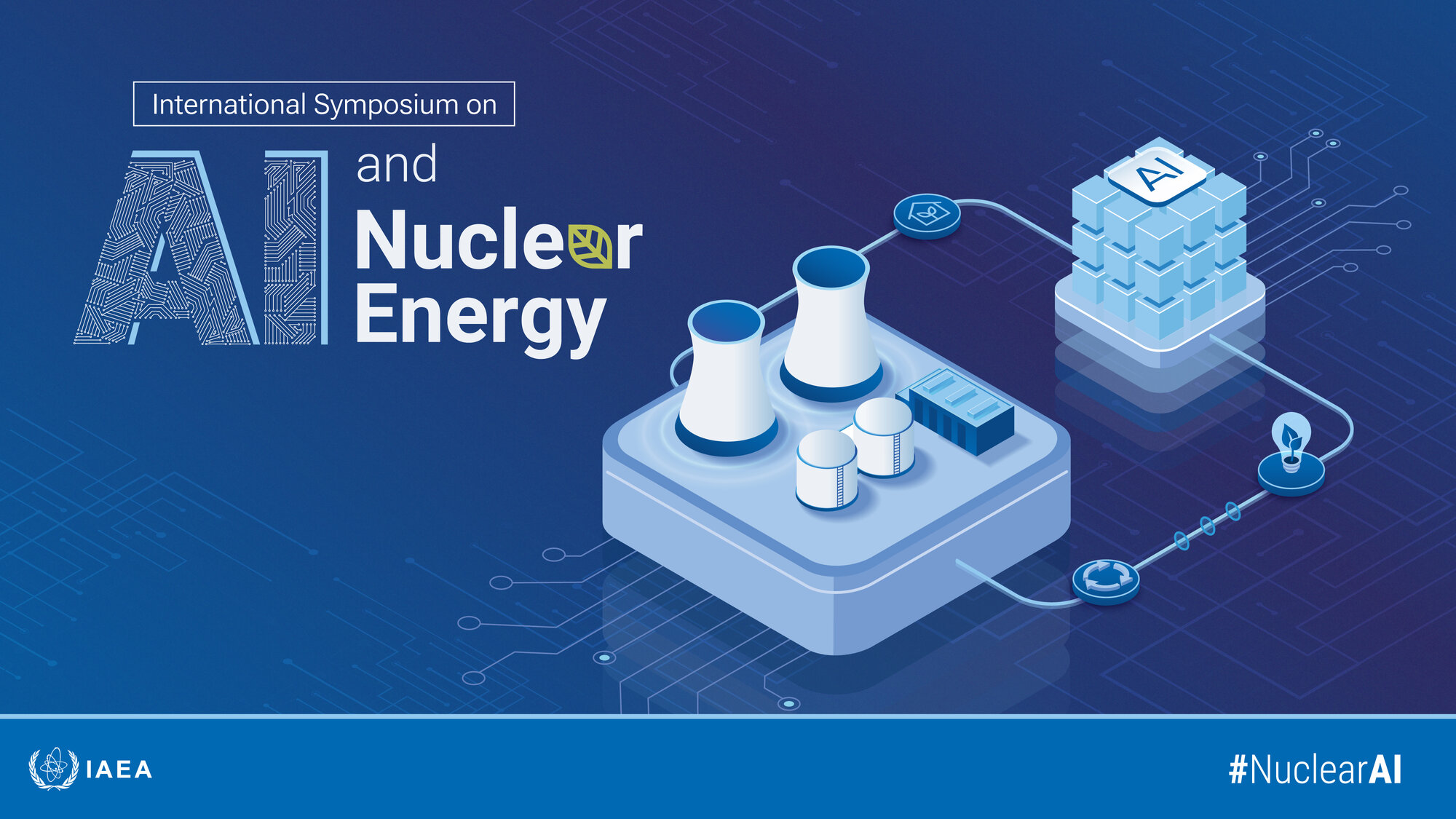
International Atomic Energy Agency
December 3, 2025
Kirsty Gogan and Eric Ingersoll will join international stakeholders at the upcoming symposium in Vienna to explore opportunities for collaboration between AI and nuclear energy, focusing on powering data centers and advancing nuclear innovation.
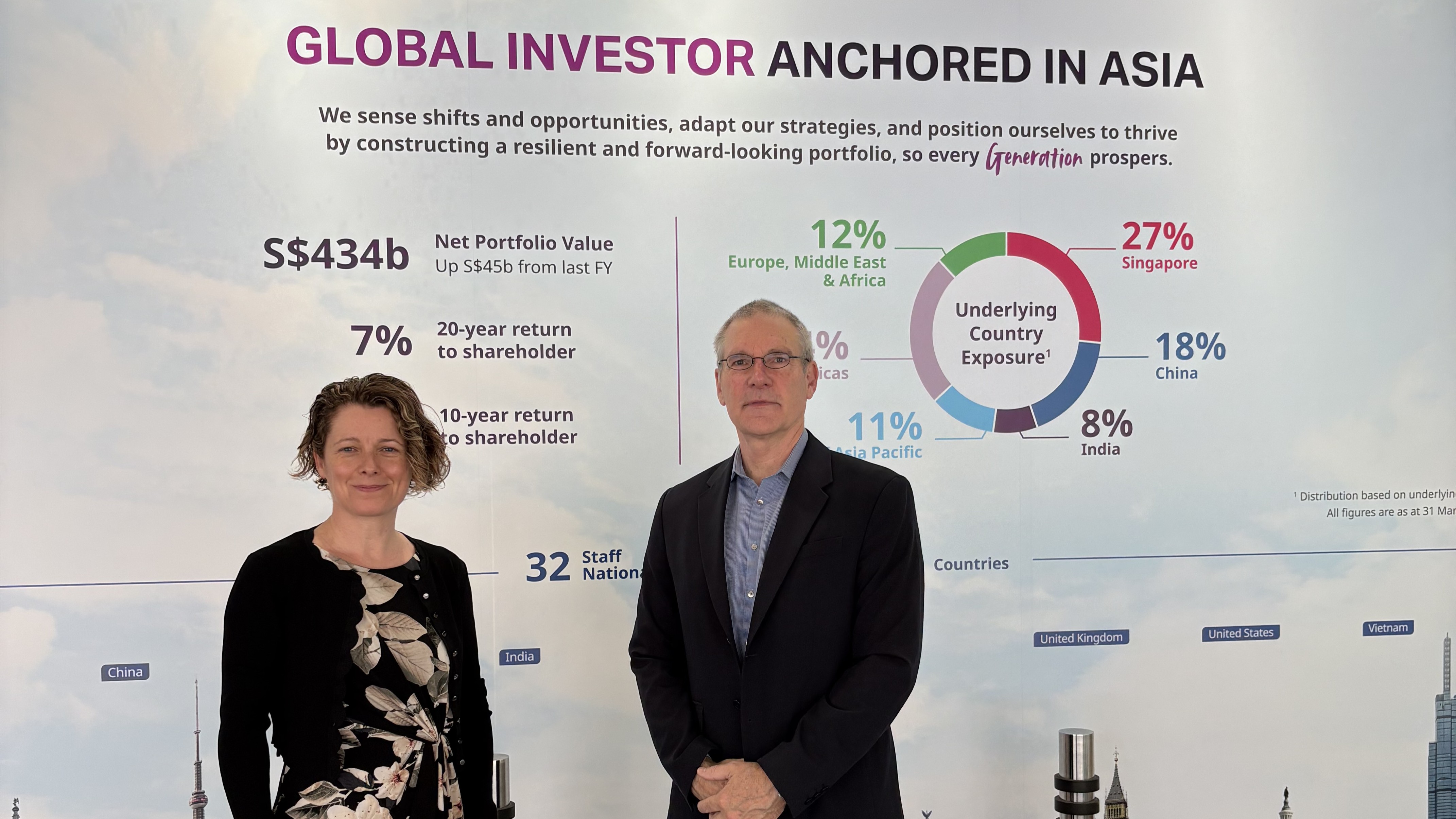
Bloomberg New Economy
November 19, 2025
Kirsty Gogan and Eric Ingersoll of Terra Praxis joined global leaders at the Bloomberg New Economy Forum in Singapore to address pressing global challenges and shape solutions for a rapidly changing world.
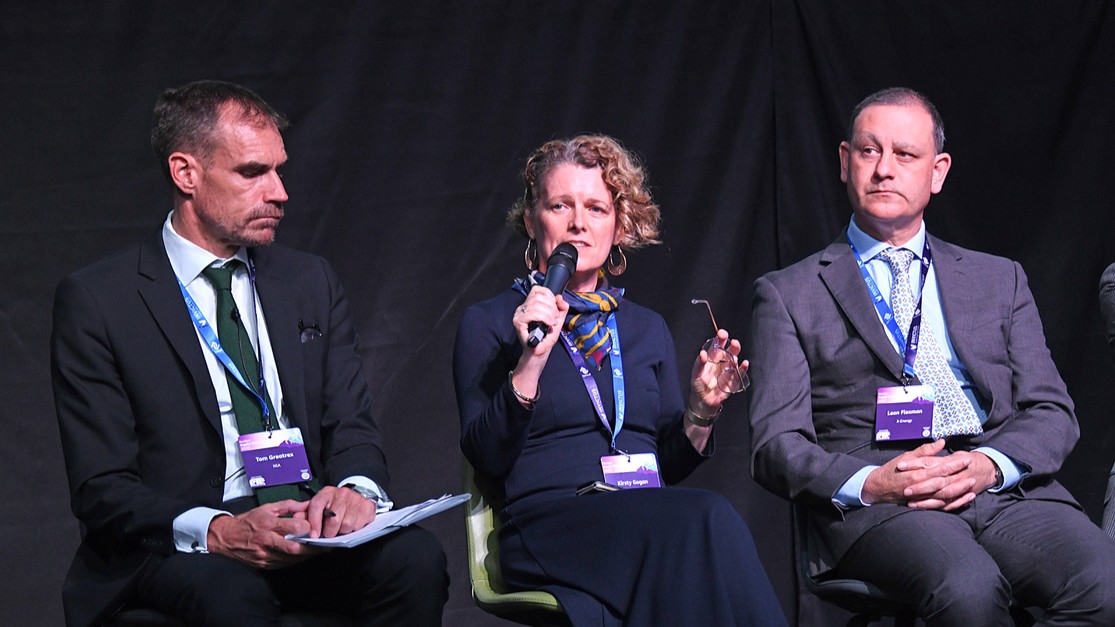
Nuclear Supply Chain Summit 2025
October 21, 2025
Kirsty Gogan, Managing Partner at LucidCatalyst and Founding Director and Co-CEO of Terra Praxis, spoke at the Nuclear Supply Chain Summit 2025 about the transformative potential of small and advanced modular reactors. Her insights underscore the urgent need for industry-wide collaboration and innovation to unlock the trillion-dollar market opportunity in nuclear energy.
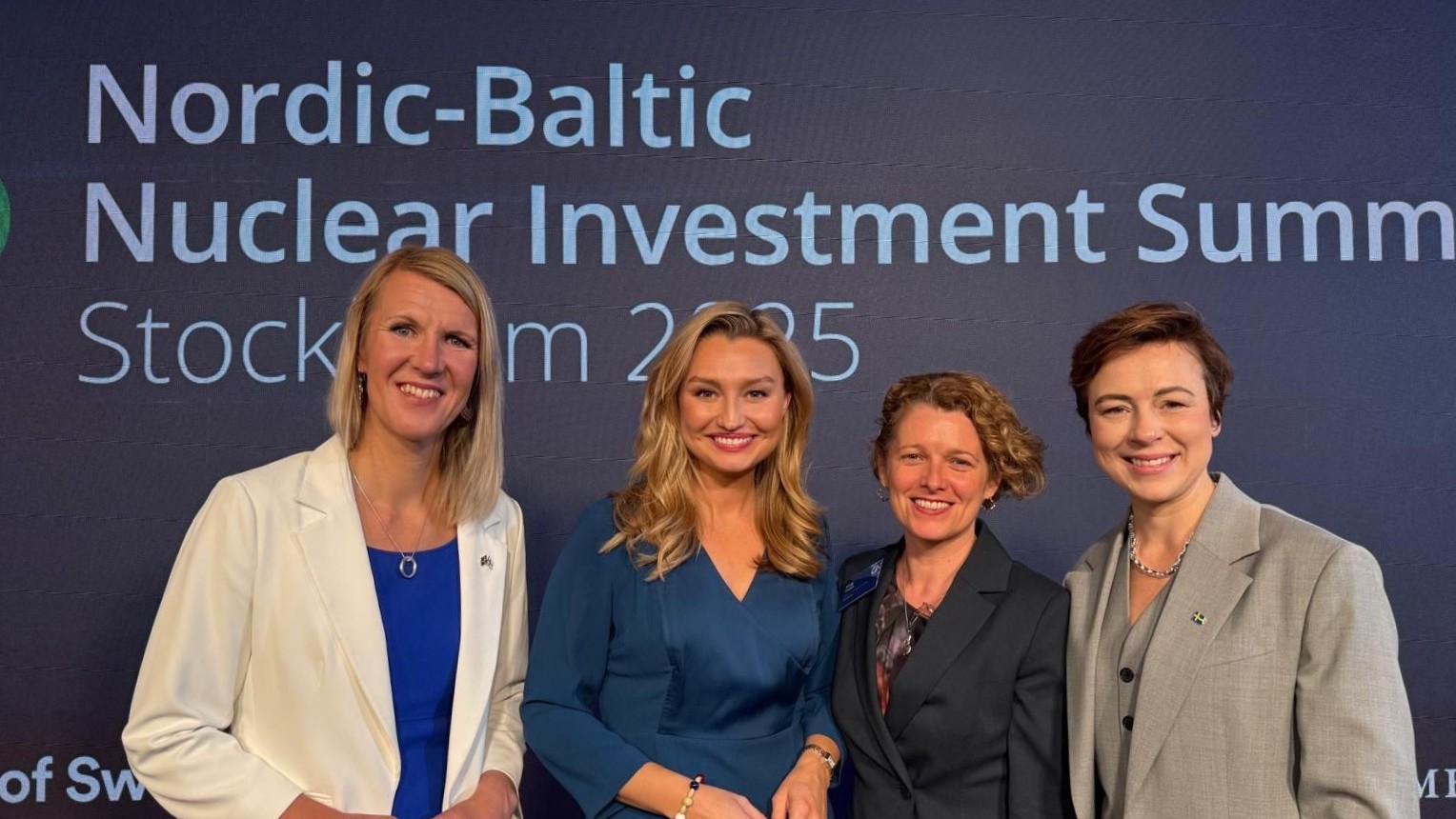
Ministry of Climate and Enterprise, Sweden
October 7, 2025
On October 7, 2025, Kirsty Gogan moderated the high-level Nordic-Baltic Nuclear Investment Summit in Stockholm, hosted by Ebba Busch, Swedish Vice Prime Minister and Minister for Energy, Business and Industry, and Sari Multala, Finnish Minister of Climate and the Environment. The event brought together ministers, industry leaders, and investors to discuss the region’s plans to expand new nuclear energy and rebuild competitive supply chains amid strong regional commitment.

OECD NEA
September 18, 2025
At the OECD NEA Roadmaps to New Nuclear Ministerial Conference 2025 in Paris, Kirsty Gogan moderated the plenary session titled "The Role of Artificial Intelligence in the Future of Nuclear Energy." The session brought together ministers and leading private sector experts to discuss how AI can transform nuclear performance, safety, and efficiency, while also addressing the challenges and risks of integrating AI into this highly regulated industry.
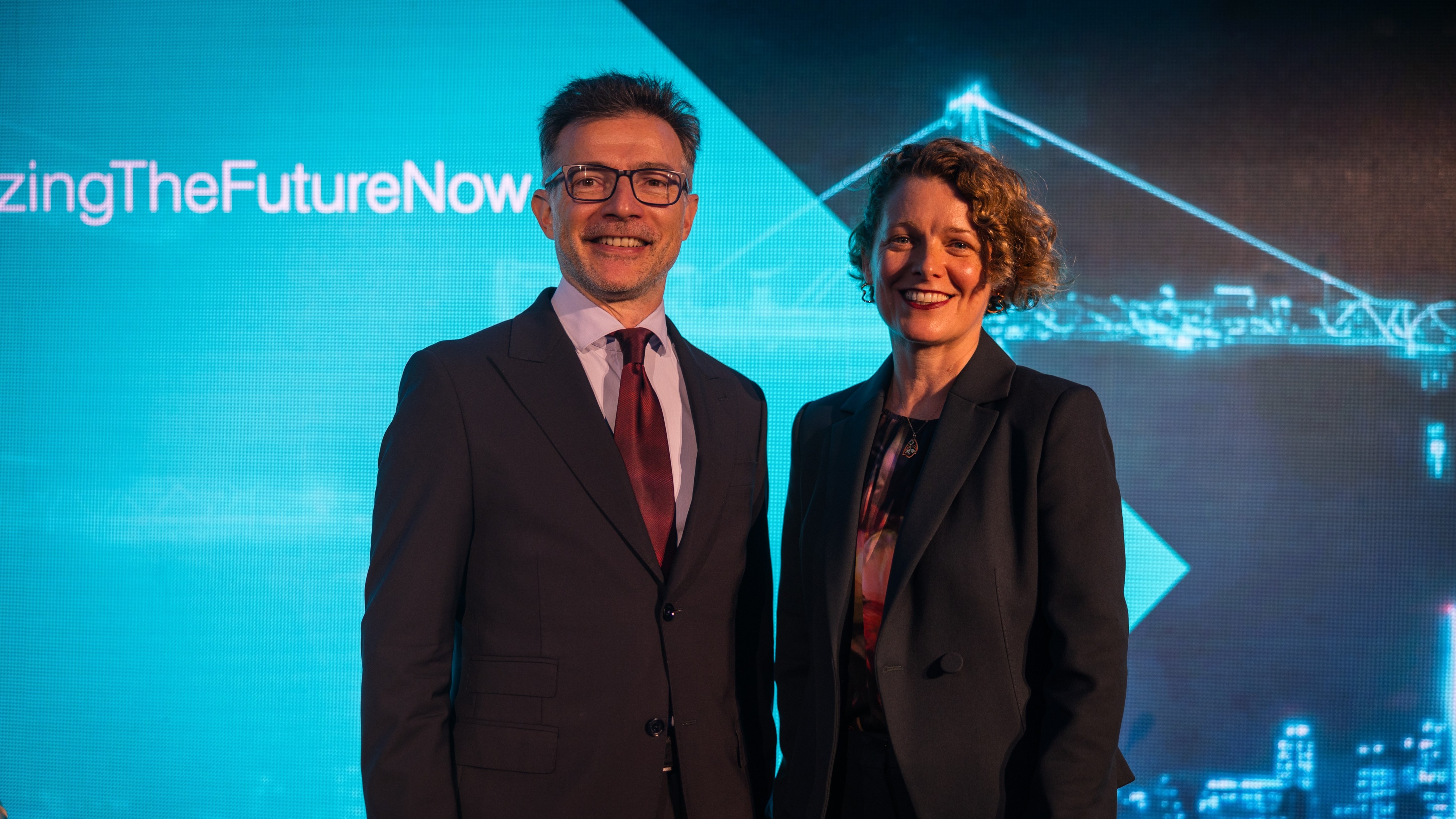
World Nuclear Association
September 3, 2025
This week at WNA's Symposium, Kirsty Gogan and Magnus Mori, Head of Advanced Fuels at Urenco, delivered a joint keynote, sharing initial findings from their new study on how SMRs can support industries like data centers, synthetic fuels, and coal repowering. The research outlines scenarios to reach 700 GW by 2050, highlighting innovations in manufacturing, regulation, and financing.

TechBBQ 2025
August 28, 2025
At TechBBQ in Copenhagen, an expert panel explored how innovative nuclear technologies are accelerating toward commercialization, with Kirsty Gogan moderating the discussion on the role of investment and rapid deployment in shaping the future of clean energy.

Top Tier Impact
June 24, 2025
Today at London Climate Action Week 2025, Kirsty Gogan joined a key session on Energy Transition & Geopolitics, exploring innovative solutions and challenges in the global energy landscape. This session was part of Top Tier Impact’s event focused on driving capital into climate solutions and breakthrough innovation.

OECD Nuclear Energy Agency (NEA)
June 19, 2025
At the International Conference on Excellence in Nuclear Construction 2025, held in London, United Kingdom, on June 18-19, 2025, Kirsty Gogan, Founding Director and Co-Founder of Terra Praxis, delivered a joint keynote with Sam Mathew, Director, Industry Lead - UK Energy & Utilities at Microsoft. She also moderated a fireside chat with nuclear regulators Stéphanie Guénot-Bresson, Commissioner of the French Authority for Nuclear Safety and Radiation Protection (ASNR), and Mark Foy, Chief Executive and Chief Nuclear Inspector at the UK Office of Nuclear Regulation (ONR).

International Atomic Energy Agency
May 27, 2025
Terra Praxis's Founding Director and Co-CEO Kirsty Gogan delivered the keynote address at the IAEA Stakeholder Engagement Conference in Vienna, Austria, on 27 May 2025. Her speech, titled "From Mega Projects to Mass Manufacturing: A New Nuclear Paradigm," called for a fundamental transformation in how nuclear projects are developed and deployed to meet global demand.

Innovation Zero World Congress
April 29, 2025
Michael Drury, Managing Director at LucidCatalyst, represented Terra Praxis at the Innovation Zero World Congress held in London on April 29-30, 2025. He spoke as part of a panel on green taxonomies and red tape in nuclear, discussing innovations like SMRs and HALEU and their role in decarbonising the power supply to meet net zero targets.

Energy UK
April 23, 2025
On April 23, 2025, Kirsty Gogan joined industry leaders and parliamentary stakeholders at a breakfast reception hosted by Energy UK at the House of Commons to explore the economic opportunities unlocked by nuclear power. The event coincided with the release of a new report from Energy UK and EDF, emphasizing nuclear energy’s pivotal role in supporting the UK’s clean power mission and boosting economic growth.

Hello Tomorrow
March 13, 2025
Kirsty Gogan, Founding Director and Co-CEO of Terra Praxis, participated in the "Growing Nuclear Capacity to Power Tomorrow" panel at the Hello Tomorrow Global Summit in Paris, discussing how innovative nuclear approaches like SMRs and Terra Praxis’s REPOWER model can accelerate decarbonization and energy security.

Bipartisan Policy Center & Terra Praxis
February 18, 2025
Part of a joint series by the Bipartisan Policy Center and Terra Praxis, a second blog by John Jacobs and Jon-Michael Murray has now been published, focusing on how to streamline nuclear power plant construction. By promoting standardization, embracing modular construction, and reducing regulatory burdens, we can make coal-to-nuclear transitions feasible and economically viable.

World Nuclear News
January 22, 2025
Read the latest article from World Nuclear News reporting on the first-ever public session on nuclear energy at the World Economic Forum Annual Meeting 2025 and the launch of the Ten-Terawatt Initiative (TTI). Kirsty Gogan, Founding Director and Co-CEO of Terra Praxis, who chaired the panel ''Road to Tripling Nuclear Capacity'', emphasized that ''if there is to be a tripling of nuclear capacity, we must fundamentally transform the way that we design and deliver nuclear energy.''

January 21, 2025
Terra Praxis today launched the Ten-Terawatt Initiative (TTI) at the World Economic Forum Annual Meeting in Davos. The Ten-Terawatt Initiative (TTI) is a fundamental redirect in our global energy system to maximize the use of existing infrastructure, triple the world’s energy supply, and create unprecedented global economic growth —without emissions.

January 21, 2025
Following a successful collaboration throughout 2024 between Terra Praxis and the World Economic Forum, Kirsty Gogan chaired the first-ever public session focused on nuclear energy at the World Economic Forum Annual Meeting in Davos, Switzerland, January 20-24 2025.

January 16, 2025
Released today, "The Path to a New Era for Nuclear Energy'' is a new report by the International Energy Agency (IEA), to which Terra Praxis is pleased to have contributed. The report shows the fresh impetus behind nuclear in the form of new policies, projects, investments and technological advances, such as small modular reactors (SMRs). It provides a comprehensive assessment of the current situation, identifying the major challenges that need to be addressed to build on the current momentum and enable a new era to take hold. This includes insights on how to finance new nuclear projects while ensuring reliable and diversified supply chains for building and fuelling them.
.jpg)
The Courier
January 13, 2025
The next generation of energy technologies is coming online, delivering energy that is more affordable, reliable and cleaner than ever before. But what happens to the older generation of power plants as they reach the end of their operational lives? What if those closures directly affected your livelihood — or the economy of your town? This is the challenge facing the power industry today. Nearly a quarter of coal plants in the U.S. are scheduled to be shuttered by 2029, according to the U.S. Energy Information Administration.

MIT Club of Northern California & Terra Praxis
December 3, 2024
On December 3rd, Eric Ingersoll, Founding Director and Co-CEO of the nonprofit Terra Praxis, will be the speaker for the MIT Club of Northern California (MITCNC) webinar, moderated by Ray A. Rothrock, Terra Praxis Board of Directors member, and an American venture capitalist and philanthropist focused on securing energy solutions for the 21st century. Eric will share a strategy and the progress underway to enable 10 TWe of clean energy to be deployed in 10 years, starting in 2030. He will provide a practical approach for repurposing coal plants - as well as other industrial energy infrastructure - cost-effectively, quickly and at scale.

Lee Harris, Financial Times
November 27, 2024
Recent article by Lee Harris in the Financial Times highlights Microsoft's partnership with Terra Praxis to develop an AI tool designed to streamline nuclear site permits, potentially reducing costs and timelines significantly. This innovative AI utilizes existing regulatory documents to generate new license applications, which could cut the time for drafting early site permit applications from years to just hours or days. At Terra Praxis, we see this solution as a powerful way to address challenges such as AI's electricity demands, accelerating clean energy adoption, and repurposing fossil fuel infrastructure. Notably, the tool is capable of operating outside the US and has been tested in various languages and regulatory contexts.

Bipartisan Policy Center & Terra Praxis
November 19, 2024
Part of a joint series by the Bipartisan Policy Center and Terra Praxis, the blog written by John Jacobs and Jon-Michael Murray highlights how growing energy demand, advances in reactor technology, and recent legislative and regulatory progress are fueling the momentum that could open the door to repowering retiring coal plants with nuclear.

November 18, 2024
Terra Praxis announces U.S. Government-Funded Coal-to-Nuclear Project in Ukraine, Generative AI Capabilities with Microsoft, and Global Framework with the World Economic Forum to Deliver Fast, Low-Cost, and Scalable Nuclear Deployment.

November 18, 2024
Terra Praxis offers AI for licensing capabilities to accelerate repowering of hundreds of retired coal plant sites with advanced nuclear, following collaboration with Microsoft.

Kristen Panerali & Kirsty Gogan
November 7, 2024
Today, the World Economic Forum published a new blog Accelerating new nuclear and small modular reactor deployment, authored by Kirsty Gogan, Founding Director and Co-CEO of Terra Praxis, and Kristen Panerali, Head of Clean Power and Electrification at the World Economic Forum. The blog addresses the growing demand for clean energy, fueled by electrification, the adoption of artificial intelligence, and expansion in emerging markets. As countries work to move away from carbon-intensive energy sources like coal, the urgency for advanced clean energy solutions intensifies. It emphasizes a new global framework designed to accelerate the deployment of advanced nuclear technology, aiming to unite stakeholders around key actions for harnessing carbon-free heat and power.

November 7, 2024
The World Economic Forum, in collaboration with Accenture, Terra Praxis, and other stakeholders across the clean energy ecosystem, has released a framework to accelerate the deployment of advanced nuclear and SMRs to help meet rising global demand for clean energy. The publication A Collaborative Framework for Accelerating Advanced Nuclear and Small Modular Reactor Deployment serves as a tool to align stakeholders on actions within nine priority areas.
.jpg)
World Economic Forum (WEF) & Terra Praxis
November 5, 2024
The World Economic Forum (WEF) convenes leading figures from political, business, cultural, and other sectors to influence global, regional, and industry agendas. Terra Praxis and the World Economic Forum "Clean Power, Grids, and Electrification" team has been engaged in a series of activities throughout 2024 aimed at developing a strategy for enhancing investment in scalable advanced nuclear technologies while ensuring that these investments deliver broader social, economic, and environmental benefits.

NucNet
October 23, 2024
Terra Praxis's REPOWER strategy is featured in the recent NucNet article, "The Promises and Pitfalls of a Potential Energy Revolution." The article highlights that coal-to-nuclear transitions offer a promising yet complex route for nations aiming for sustainable energy futures, with hundreds of sites available for reactor conversion. It also emphasizes that securing funding and effectively utilizing incentives will be crucial for success.

International Atomic Energy Agency (IAEA)
October 21, 2024
The conference provided an international forum to take stock of progress and discuss the opportunities, challenges and enabling conditions for the accelerated development and deployment of safe and secure SMRs. It gathered together potential users and operators; regulatory bodies; relevant industries and technology holders; government officials; technical support organizations; representatives of international organizations; and technical and legal experts working in all areas of SMRs and nuclear power programmes.